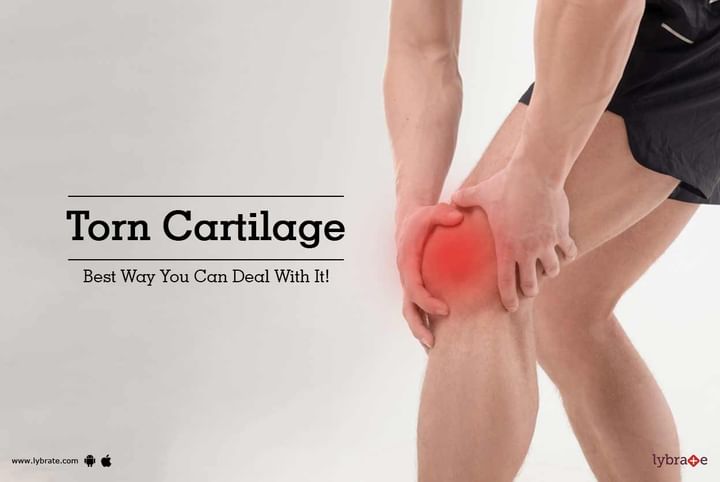Torn Cartilage - Best Way You Can Deal With It!
Torn or damage cartilage is not just a problem for the sportsmen. It can occur to anyone. It is generally caused due to a direct hit on the body parts. Its treatment is far more complicated than a simple bone injury. The best sign to know whether or not you have injured your cartilage is to check out your activities. If you have hurt your joint and don’t notice major symptoms, like if you are still capable of putting weight on and move the joint, you might have had a cartilage injury. It doesn’t hurt you a lot in the beginning, but might get worse later.
Here are the initial care and self-treatment procedure:
- Protection: It is the first thing that has to be kept in mind. You must protect the affected area from any further injury. Thus, providing an external support, for example, use a knee brace.
- Rest: Provide complete rest to the affected joint. The rest is must during the first two or three days. Crutches may help the situation if you’ve got an injury around your knee or ankle. It is then advisable to return back to light activity over the next few days or weeks, as prescribed by the doctor.
- Ice: It is best to apply an ice pack to the injured area for about 15 to 20 minutes in every two to three hours. This must be repeated in the first two to three days.
- Compression: Use a bandage to provide the needed compression to the injured area to avoid any swelling and movement. This will not let things go beyond control.
- Elevation: You must keep the injured area raised. Keep it supported on a pillow to reduce swelling.
If there is an unbearable pain, take painkillers such as paracetamol or non-steroidal anti-inflammatory drugs (NSAIDs). If your condition doesn’t improve after the initial therapy, you must consult a doctor immediately.
- Physiotherapy: It can be helpful in treating the affected joint. If there is any difficulty in moving the affected joint, you must opt for physiotherapy. A professional will be able to teach you exercises that will strengthen your muscles and provide support to the joint. This will help you in getting rid of the pain. It can be also beneficial at a time when you are recovering from any surgical procedure.
- Surgery: If physiotherapy doesn’t work, it means you have severe cartilage damage. In that case, you might be advised to take up surgical procedures to set things in proper shape. Surgery is done either by opening the joint or by Arthroscopy. There are various types of surgery which can be done. 1st the old and successful surgery wherein damaged part of the cartilage is debrided and filled with normal cartilage from the non-weight bearing part of the joint. 2nd is ACI (Autologous Chondrocyte Implantation) is a 2 stage procedure wherein chondrocyte is grown using stem cell and implanted in defect part in 2nd stage. 3rd is multiple drilling of the area usually done in children.



+1.svg)
